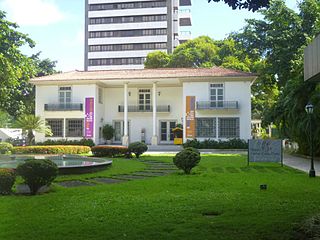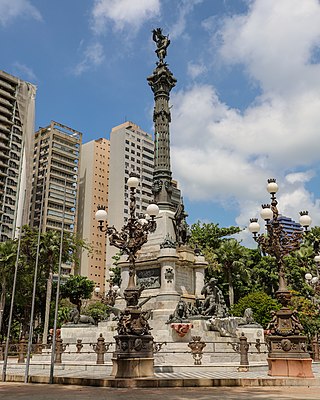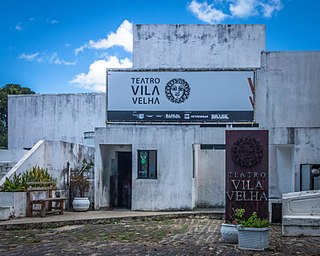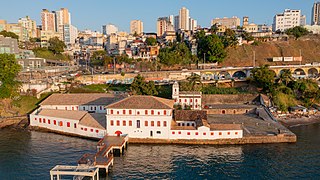Self-guided Sightseeing Tour #3 in Salvador, Brazil
Legend
Guided Free Walking Tours
Book free guided walking tours in Salvador.
Guided Sightseeing Tours
Book guided sightseeing tours and activities in Salvador.
Tour Facts
3 km
115 m
Experience Salvador in Brazil in a whole new way with our free self-guided sightseeing tour. This site not only offers you practical information and insider tips, but also a rich variety of activities and sights you shouldn't miss. Whether you love art and culture, want to explore historical sites or simply want to experience the vibrant atmosphere of a lively city - you'll find everything you need for your personal adventure here.
Activities in SalvadorIndividual Sights in SalvadorSight 1: Museu Carlos Costa Pinto
The Carlos Costa Pinto Museum is located on Avenida Sete de Setembro, in Salvador, Bahia, Brazil. It is a foundation, a private cultural institution maintained through an agreement with the Government of the State of Bahia.
Sight 2: Museu de Arte da Bahia
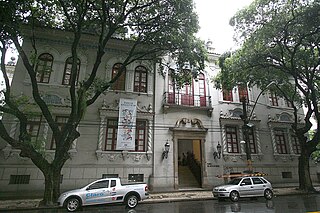
The Palácio da Vitória is a building located on Avenida Sete de Setembro, in the neighborhood of Vitória, in Salvador, capital municipality of the Brazilian state of Bahia. It has housed, since 1982, the Museum of Art of Bahia.
Sight 3: Museu Geológico da Bahia
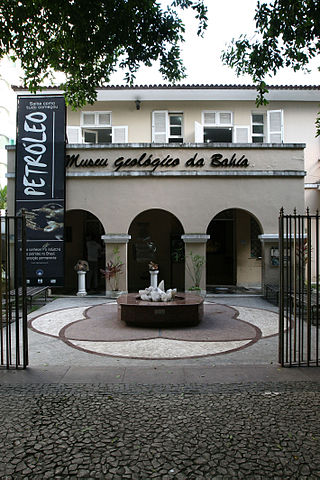
The Geological Museum of Bahia (MGB) is a Brazilian museum located on Avenida Sete de Setembro, in the Corredor da Vitória, in the city of Salvador, Bahia.
Sight 4: Largo do Campo Grande
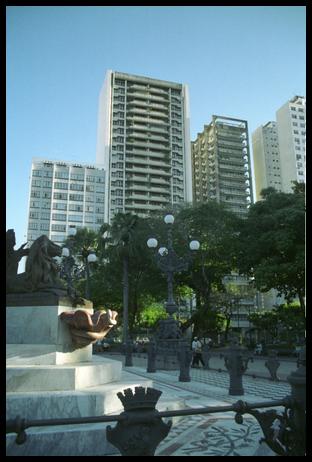
Campo Grande is a square located in the southern zone of Salvador, Bahia, Brazil.
Sight 5: Monumento ao Cabloco
The Monument to the Two of July is a monument located in Largo do Campo Grande, in Salvador, capital municipality of the Brazilian state of Bahia. It represents and celebrates the participation of Brazilian natives in the Independence of Bahia. It is among the monuments of public interest in Salvador inventoried by the Gregório de Mattos Foundation (FGM), an organization of the City Hall of Salvador for cultural policy in the city.
Sight 6: Teatro Castro Alves
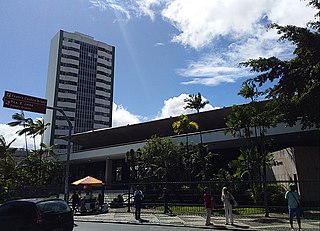
The Castro Alves Theater (TCA) is a Brazilian theater. It is the largest and most important artistic center in Salvador, capital of the state of Bahia, and is located in Largo do Campo Grande. In 2013, it was listed by the National Institute of Historical and Artistic Heritage (IPHAN).
Sight 7: Forte São Pedro
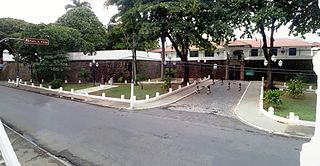
The Fort of São Pedro is a fortification located in the city of Salvador, in the state of Bahia, Brazil.
Sight 8: Passeio Público
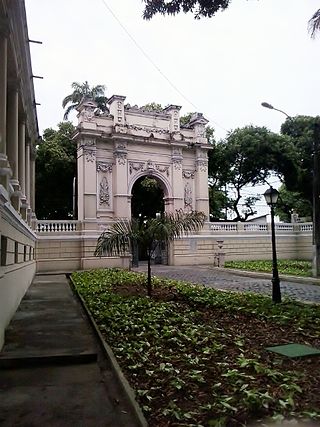
The Public Promenade of Salvador, Bahia, is located next to the Palace of Acclamation.
Sight 9: Teatro Vila velha
The Vila Velha Theater, also known simply as "Vila", is a performing arts center in Salvador, Bahia, Brazil. The theater was constructed in 1964 and is located on Avenida Sete, at the west of the 19th-century Neoclassical public area, the Passeio Público.
Sight 10: Museu de Arte Moderna da Bahia
The Museum of Modern Art of Bahia is a modern art museum located in Salvador, Bahia, Brazil. It is located within Solar do Unhão, a historical site dating to the 16th century, on the margin of the Bay of All Saints. The museum was founded in 1960 under the architect Lina Bo Bardi (1914-1992) and initially located in the foyer of the Castro Alves Theater; it moved to its present location in 1963. MAM-BA is one of twelve state museums linked to the Institute of Artistic and Cultural Heritage (IPAC), an authority of the Department of Culture of the State of Bahia.
Share
How likely are you to recommend us?
Disclaimer Please be aware of your surroundings and do not enter private property. We are not liable for any damages that occur during the tours.
GPX-Download For navigation apps and GPS devices you can download the tour as a GPX file.
